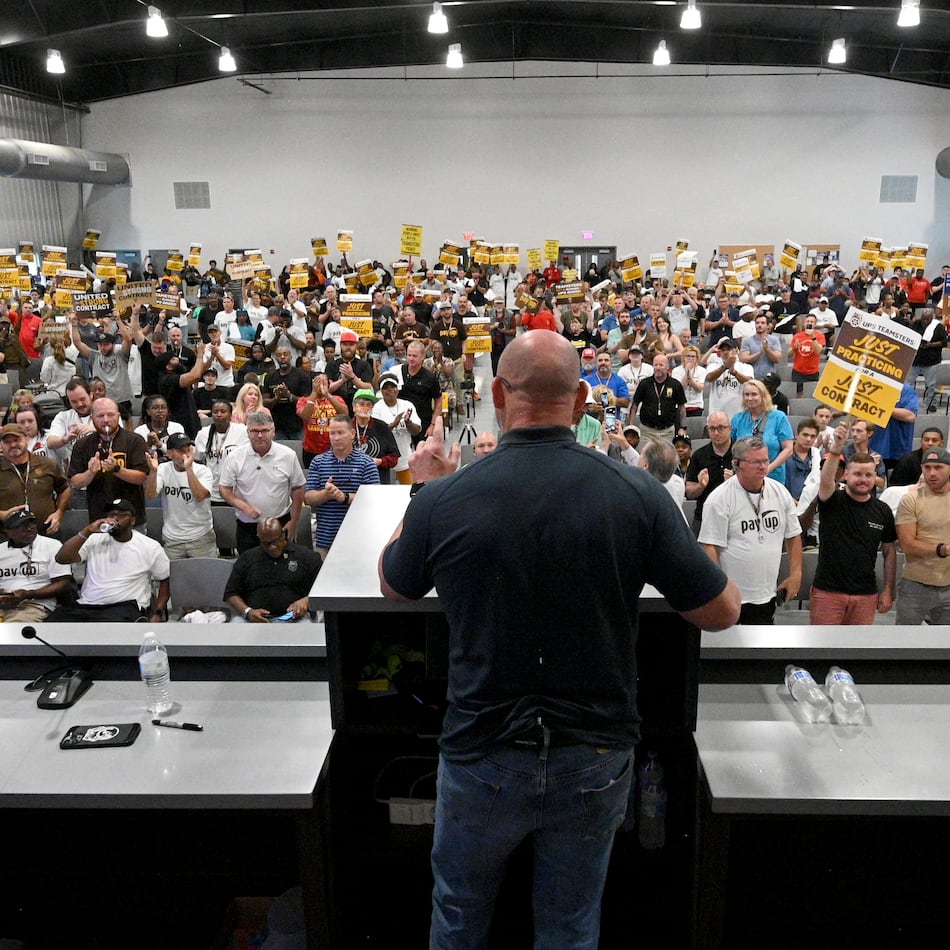Art Review
“Gyun Hur: A System of Interiority”
Through March 1. Noon-5 p.m. Thursdays-Saturdays; noon-7 p.m. Wednesdays. Free. Get This! Gallery, 1037 Monroe Drive NE, 678-596-4451, www.getthisgallery.com
Bottom line: There may be too much going on in Gyun Hur’s complex meditation on perspective, consciousness, surface and depth, though the artist’s heady artwork is worth contemplating.
Gyun Hur would probably rank on a short list as one of Atlanta’s more influential, and visible, young artists. She has created memorable public installations of her artwork at Lenox Square, has been featured in exhibitions in Turkey, Chicago and Hong Kong, and has been awarded coveted prizes, including the Hudgens Prize and an Artadia Award.
Hur’s preferred medium is silk flowers. She shreds them into tiny shards and, in her signature technique, methodically arranges them into patterns in a process that evokes the creation of Tibetan mandalas. Crafting her installations of shredded flowers can be time-consuming, meditative and about the obsessive nature of creativity. Hur has often drawn from her Korean heritage and the color schemes of beloved objects like her mother’s wedding blanket. Her work is often invested with a spirit of reverence, patience and quiet beauty.
The artist’s new show, “A System of Interiority,” at Get This! Gallery strikes a very different note. More that an investigation of her cultural heritage or the nature of work and devotion, “A System of Interiority” is a chillier, more theoretical offering far more indebted to minimalist art than to personal history. It is on one hand an interesting step in an artist’s transformation, and by another measure an at times abstruse meditation on the nature of light, perspective and interiority.
This blend of drawings and a large installation piece at Get This seems to blur the line between sculpture, installation and theater. Though the work is entirely static, the way Hur has incorporated light — as well as three writer collaborators, Kristin Juarez, Lilly Lampe and Ruiyan Xu, to write wall text related to the artwork and the idea of interiority — puts the work into a kind of ever-changing flux.
Entering the gallery, there are four ink-on-paper drawings on display. Like her large installation in the back gallery, the drawings examine the idea of perspective and suggest movement and flow. In the drawings, great cascades of water flow through a series of flat surfaces, forming new tributaries, or disappear and reappear into black holes. With so many different surfaces and waterfalls, deciding end and beginning, exterior and interior, becomes folly.
A similar visual puzzle unfolds in Hur’s installation “A System of Interiority,” a complicated mix of materials that can at times suggest a stage set which shifts and takes on different properties depending upon the light. In the piece, huge, heavy tables of glass create stages onto which Hur has placed heaps of her shredded silk flowers in shades of pink, yellow and orange. Beneath the panes of glass propped up with concrete pedestals is an undulating mix of soil, shredded black flowers and glitter that resembles piles of black volcanic ash. Mirrors have been placed within the “dirt” and on the walls behind the black mounds. The mirrors reflect the shapes and the colors, creating shifts in how we perceive them depending upon where we stand.
On the ceiling above the table is an intricate circuitry of lights designed by Kennesaw State University lighting designer Rebecca Makus. There is a row of small bulbs whose colors shift: blue one moment, red the next. There are harsh fluorescents, dramatic spotlights and, on the gallery walls, dimmers and light switches that allow viewers to change the lights as they choose. With all of the lights on, the installation loses much of its romance and mystery, like a glamorous nightclub revealed as ordinary and drab. But dim the lights and the magic happens. The glitter sparkles and the individual grains of dirt are no longer visible; they transform into a deep, black void.
When you get down on the floor of the gallery, an entirely different world is revealed. The piles of dirt begin to look like the topography of some strange planet, the mirrors suggest lakes and the glass table becomes like the sky above. What these levels of materials illustrate is how our own consciousness is layered too, between seen and unseen, between known and unknown. It’s heady stuff, offering much to contemplate and ponder.
About the Author
The Latest
Featured

